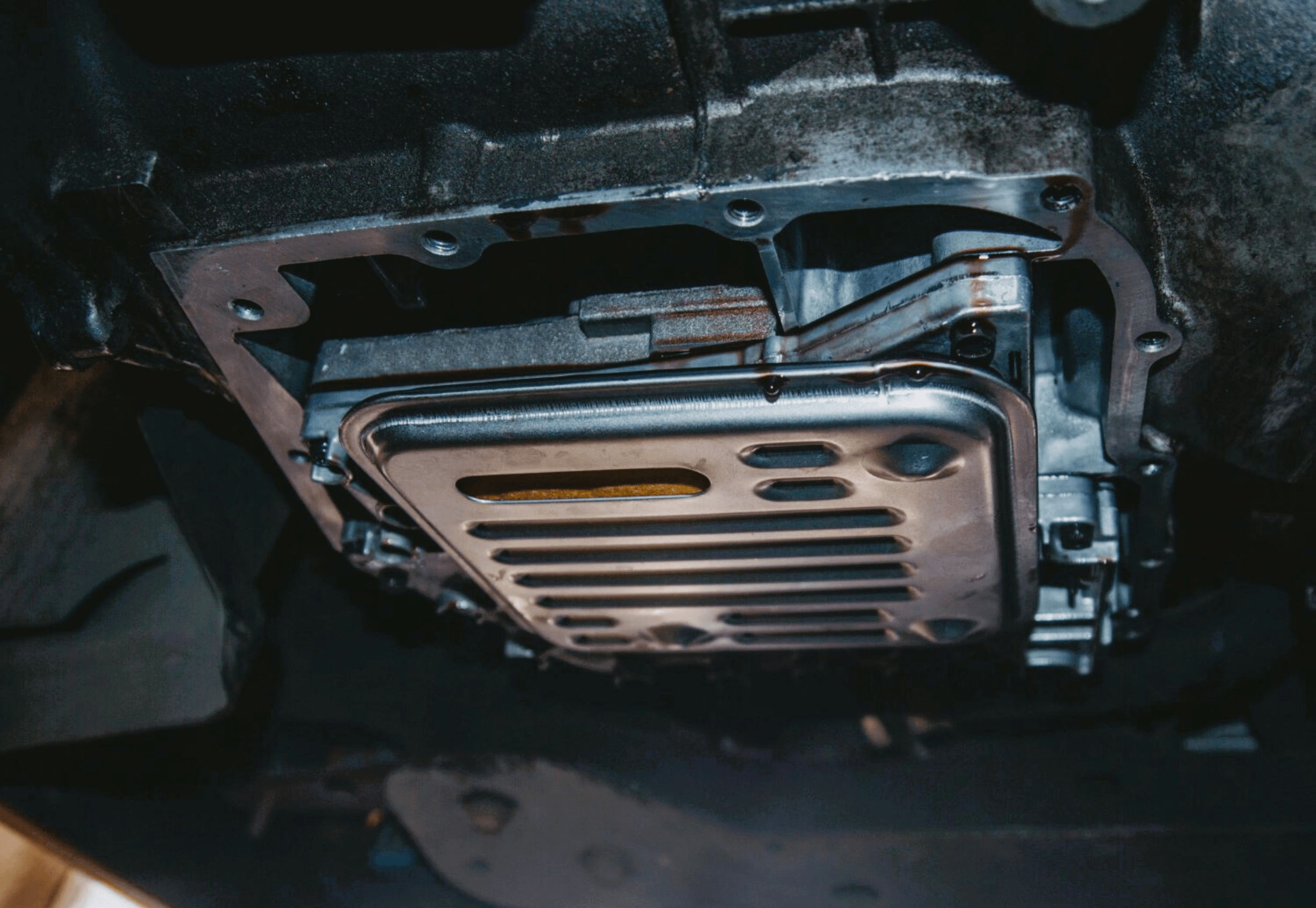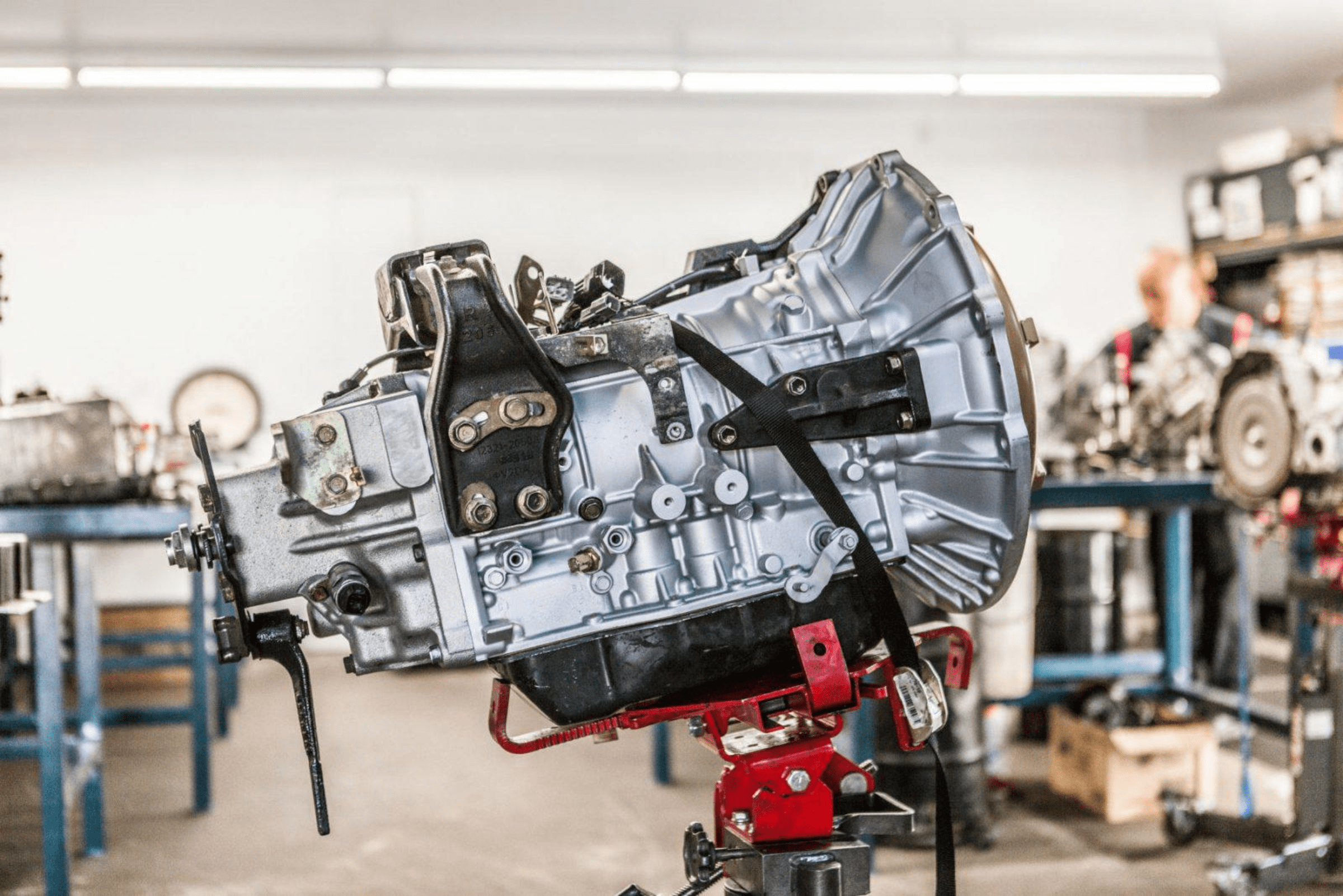
Transmissions are composed of several components designed to ensure the gear system functions seamlessly. One such component is the filter or strainer. The primary job of the transmission filter is to trap debris and contaminants before they enter the gear system and circulate. Since transmissions function almost every day, depending on the user, the filter is one of the components that require replacement from time to time.
However, if the transmission filter is serviced sparingly or according to your vehicle manufacturer’s maintenance schedule, it will eventually be obstructed with debris and contaminants. If left unattended, this could bring about some symptoms that will ultimately affect your vehicle transmission’s operability. This article covers the warning signs; you should note that information you the transmission filter is clogged. You will also get suggestions on how to fix the problems. But first, let’s check out how a transmission filter works.
How a Transmission Filter Works
The filter is a key part of the transmission system, designed to prevent metal shavings from the gears, and other dirt and debris, from contaminating the transmission fluid. It sits between the transmission pan (that collects excess fluid) and the tube that regulates the transmission fluid pressure. Essentially it consists of a metal plate with mesh-type inserts that prevent contaminants from entering the transmission and causing wear and tear. The other components of the transmission include the rubber gasket that seals the transmission filter to the pan, the pickup tube that connects it to the oil pump; and a seal that sits between the pickup tube and transmission case.
The importance of the transmission filter cannot be overstated. This is because it traps every contaminant, preventing them from entering the pump and getting distributed efficiently all over the gear system. Unfortunately, this puts the transmission filter at risk of getting clogged with debris and dirt. When the filter becomes clogged, it no longer performs its primary function. As a result, the pump will eventually starve, resulting in low fluid pressure within the transmission. This is why experts highly recommend the replacement of transmission filters every 30,000 miles or after two years.
6 Symptoms of a Clogged Transmission Filter
The following are symptoms that indicate you have a clogged transmission filter:
1. Your Vehicle Suddenly Stops Moving
When you’re driving, and your vehicle suddenly stops, it may not mean anything at first. But if you re-start your car and it stalls again, it implies you have a clogged transmission filter that needs to be replaced as soon as possible.
2. Leaking
Do you notice the puddle you leave behind when you move your vehicle from a parking spot? The puddle is not the water from your AC; it is usually oily. If it is, your transmission filter may be clogged. As mentioned, transmissions are composed of several components, including gaskets and seals. These tend to wear out over time. In addition, the component the seal rides on can also become defective, or a linked bearing may become loose. This can cause the seal to wear out unceremoniously and start leaking.
When these occur, the transmission fluid leaks and may eventually cause severe damage to the gear system. The same principle applies to a clogged filter. If the transmission fluid no longer flows as it should due to a blocked filter, it will force itself through the vent tube and end up as a puddle beneath your vehicle. Therefore, when you notice the puddle or trail of transmission fluid behind your vehicle, drive to the nearest reputable auto shop and let a professional look your car over. Unfortunately, there’s a big chance that your filter is clogged and will have to be replaced.
3. Delay in Reversing
Another warning sign that your transmission filter is clogged is hesitation or delay when reversing your vehicle. Your car will hesitate for several seconds before moving in reverse. Save time; check and replace the clogged transmission filter as soon as possible.
4. Contaminated or Burnt Transmission Fluid
A clogged filter causes your transmission to overheat due to a considerable lack of lubrication. The result of this experience is that the fluid will have a burnt smell, and the color will become dark. You will be further convinced when you remove the transmission pan, as you will find signs of excessive friction material or debris in the bottom of the pan. Replace the clogged filter with a new one and change the transmission fluid for efficient operation.
5. Illuminated Warning Lights
Most modern vehicles are equipped with TCM (transmission control module) that efficiently track the operation of transmissions. If this module detects any problem with your transmission due to low fluid pressure – caused by a clogged filter – the device immediately switches the check engine light on your dashboard and stores a DTC (diagnostic trouble code) in its memory. Some automobiles even switch on separate transmission warning lights when such issues crop up. Just check your transmission filter. If it is clogged, change it immediately, and you will be good to go.
6. Issues With Changing Gears
When your transmission is in excellent condition, changing gears is a breeze. However, when the gear system has a partially clogged filter or is compromised, you will notice the slipping or hesitation each time you try to shift. Since this feels unnatural, you should check your transmission filter and fluid. Manual transmission users will notice the gears grinding instead of smooth shifting. Although this could imply that your clutch is worn out, your gears or transmission synchronizers could also be blamed. Therefore, change your transmission fluid and the filter for good measure. Your transmission should be back to normal after making these changes.
The Bottom Line
Transmission filters are crucial components that ensure the gear system remains as clean as a whistle by trapping dirt, debris, or contaminants. The filters prevent these contaminants from entering the transmission and wreaking havoc. Noticing the symptoms of a clogged filter indicates that it is time you replace or fix it, according to the suggestions highlighted above.


